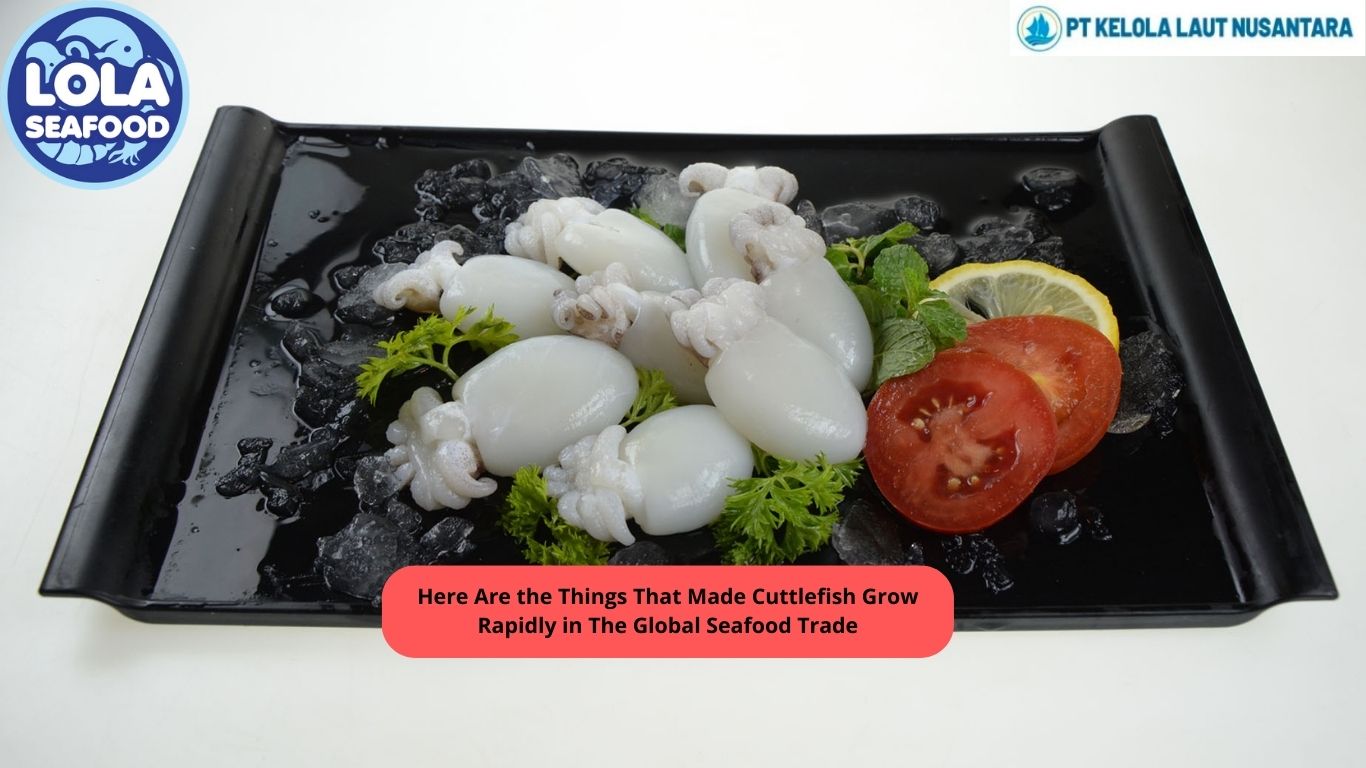COLD STORAGE
By. Najih - 19 Feb 2024.jpg)
The lower the holding temperature, the longer is the period of safe keeping, hence temperature of storage is the most important single factor affecting the storage life of frozen fish. Cold storage is a crucial component of the frozen food fish industry, as it helps maintain the quality of frozen fish products. The FAO Code of Practice for Frozen Fish recommends storing fish products at temperatures appropriate for the type of product and intended storage time. For example, the recommended storage temperature for all fishery products in the UK is -30°C, as this temperature completely arrests spoilage by bacterial action. Additionally, the International Institute of Refrigeration recommends a storage temperature of -18°C for lean fish such as cod and haddock. Cold storage at lower temperatures, such as -30°C, can significantly improve the practical storage life and quality of fish products. Dehydration, temperature fluctuations, and oxidation are some of the main concerns during cold storage, and these can be mitigated by maintaining low storage temperatures. The use of specialists for cold store planning, design, and project management is also recommended to ensure effective cold storage operations.
The impact of frozen storage on the quality and stability of smoked fish is a significant consideration in the frozen food fish industry. Research has shown that freezing and cold storage are the most widely used preservation methods for maintaining fish quality through low temperatures. These methods, including frozen storage at temperatures between -18°C to -40°C, help increase the shelf-life and guarantee the safety and quality of fish products. Factors such as freezing rate, lipid oxidation can affect the deterioration of frozen fish, highlighting the importance of optimizing preservation methods to ensure product quality and safety. Cold Storage is a key component of wholesale, processed, export, and retail value chain activities in many countries.
.jpg)
 (1).png)


.jpg)
.jpg)
.jpg)

 (3).png)